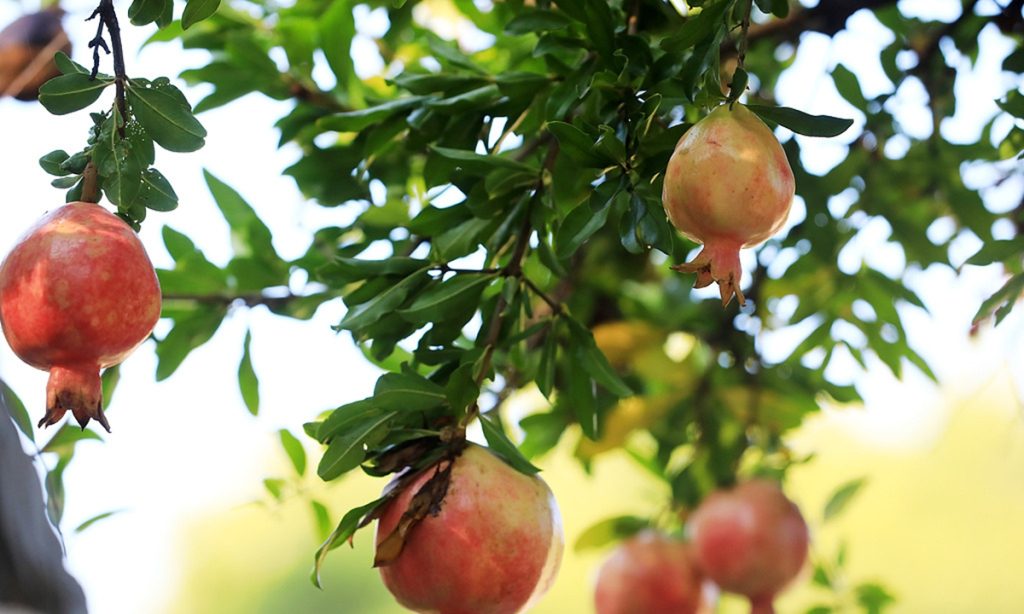During ‘Bailu,’ or White Dew of Chinese solar term, fruitful cool autumn begins

"Bailu," or White Dew, the 15th of the 24 solar terms in the traditional Chinese calendar, falls on September 7 this year.
Ancient Chinese usually described the seasons with the five elements. According to the Chinese calendar, Bailu takes place in autumn, which is golden. In the Chinese color system, a golden color is close to white, the color associated with the element of metal, so their conclusion was that this is the time of year when yin energy grows heavier, leading to white dew to condense on the ground, according to the Collective Interpretation of the Seventy-two Phenological Terms, compiled by Yuan Dynasty scholar Wu Cheng.
After Bailu, the temperature declines gradually and the moisture in the air often condenses into white dew on the grass and trees at night.
Ancient Chinese divided the Bailu period into three pentads. The first pentad starts when the swans and wild geese start to fly south. The second sees the southward migration of birds such as swallows to the south for the winter. The third pentad starts when birds begin to stock up on food for the winter.
During the Bailu period, the human body often experiences dryness, so it is best to consume nutritious and easily digestible food to stay fit.
This is also the solar term for the harvest as it is the time when the northeast region in China begins to harvest millet, sorghum and soybeans. Farmers are also busy planting wheat. In northern China, the autumn harvest has begun, and preparations for sowing wheat are being carried out as early as possible. Meanwhile, Northwest China is starting to plant winter wheat and Southwest China is harvesting rice and millet. In Central China, farmers are harvesting rice and summer corn and collecting cotton. They also need to level the land in preparation for sowing wheat.
During this season, people start to enjoy White Dew Tea, which has survived the hot summer and is now at the best stage of its growth. Different from tea collected at any other time of the year, White Dew Tea has a sweet refreshing taste and aroma. If you take a closer look at the tea leaves, you might see that they look like they've just been touched by the morning dew. Usually, by the end of summer, the stock of fresh spring tea is running out, so White Dew Tea comes just in time to hit the market.
In addition to tea, this solar term also offers White Dew Wine. People in the south prepare a homemade sweet wine from cereals like polished glutinous rice and sorghum during this season.
In planting areas for hickory in Lin'an, in the western part of East China's Zhejiang Province, Bailu marks the start of harvest season for hickory nuts. Before harvest, farmers will put fine nets under each hickory tree. On this day, before dawn, people with bamboo poles and bamboo baskets on their backs head up into the mountains and forests filled with morning mist. By sunset, these people return with heavy baskets containing hickory nuts. Starting from Bailu, the harvest for hickory nuts can take about half a month.
Since the Song Dynasty (960-1279), Chinese people have been enjoying crickets fighting as part of the autumn fun. The hobby got even more popular through the Ming and Qing dynasties. The fun could last until after the Chongyang Festival, or the ninth day of the ninth Chinese lunar month.
During the season of White Dew, Chinese have the folk custom of collecting clear dew. The dew collected in the morning during this season can be used to clean one's eyes and make tea and wine. Ancient Chinese believed that dew could be nourishing as it contained different characteristics from various plants. For instance, the dew from flowers could be good for skin care, dew from herbs could quench one's thirst and cypress leaf dew can brighten the eyes.